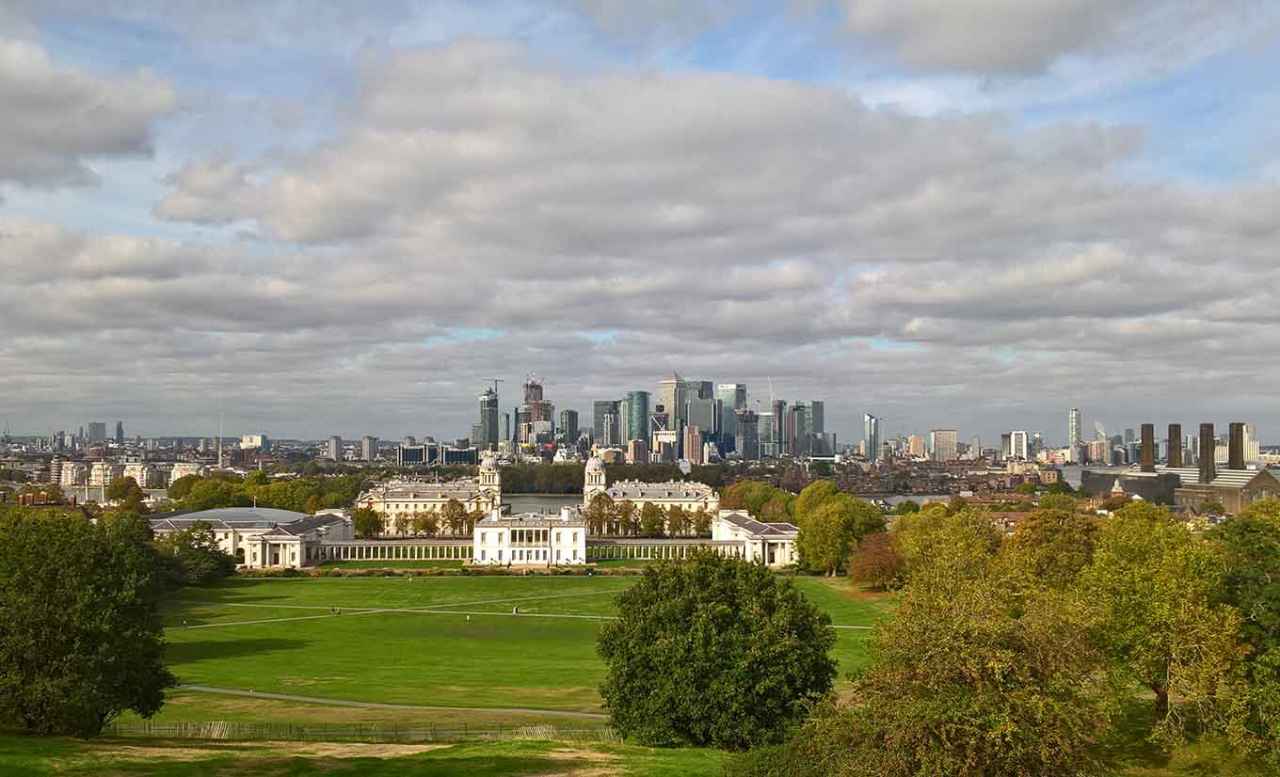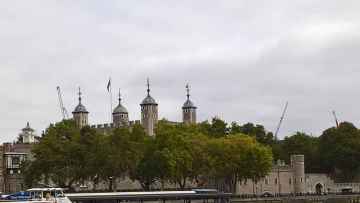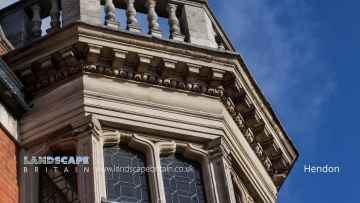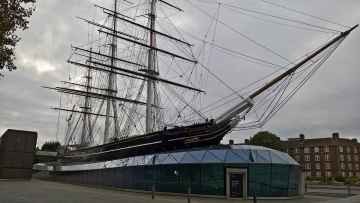London is a City in the county of Greater London.
There are great places to visit near London including some great cities, castles, museums, rivers and streams, shopping centres, towns, historic monuments and airports.
Places near London feature a number of interesting cities including London.
London is near some unmissable castles like The Tower of London,
London's best nearby museums can be found at The Tower of London, National Maritime Museum Greenwich, and Cutty Sark.
Rivers and Streams to visit near London include River Thames at London.
Don't miss Westfield London, Westfield Stratford City, Brent Cross Shopping Centre, and Whitgift Centre's shopping centres if visiting the area around London.
Don't miss Hendon, Greenwich, and Croydon's towns if visiting the area around London.
There are a number of historic monuments near to London including Cutty Sark.
London's best nearby airports can be found at London Biggin Hill Airport, Heathrow Airport, London City Airport, and London Heliport.
London History
There are some historic monuments around London:
Areas of London
Like most towns and cities London is comprised of a number of areas, once separate villages or small towns and parishes now part of London.
Many of the areas of London have their own character and places of interest.
Places to see near London
History of London
Although there is evidence of scattered Brythonic settlements in the area, the first major settlement was founded by the Romans about four years after the invasion of AD 43. This lasted only until around AD 61, when the Iceni tribe led by Queen Boudica stormed it, burning it to the ground. The next, heavily planned, incarnation of Londinium prospered, and it superseded Colchester as the capital of the Roman province of Britannia in 100. At its height in the 2nd century, Roman London had a population of around 60,000. With the collapse of Roman rule in the early 5th century, London ceased to be a capital, and the walled city of Londinium was effectively abandoned, although Roman civilisation continued in the area of St Martin-in-the-Fields until around 450. From around 500, an Anglo-Saxon settlement known as Lundenwic developed slightly west of the old Roman city. By about 680, the city had regrown into a major port, although there is little evidence of large-scale production. From the 820s repeated Viking assaults brought decline. Three are recorded; those in 851 and 886 succeeded, while the last, in 994, was rebuffed. The Vikings established Danelaw over much of eastern and northern England; its boundary stretched roughly from London to Chester. It was an area of political and geographical control imposed by the Viking incursions which was formally agreed by the Danish warlord, Guthrum and the West Saxon king Alfred the Great in 886. The Anglo-Saxon Chronicle recorded that Alfred “refounded” London in 886. Archaeological research shows that this involved abandonment of Lundenwic and a revival of life and trade within the old Roman walls. London then grew slowly until about 950, after which activity increased dramatically.















